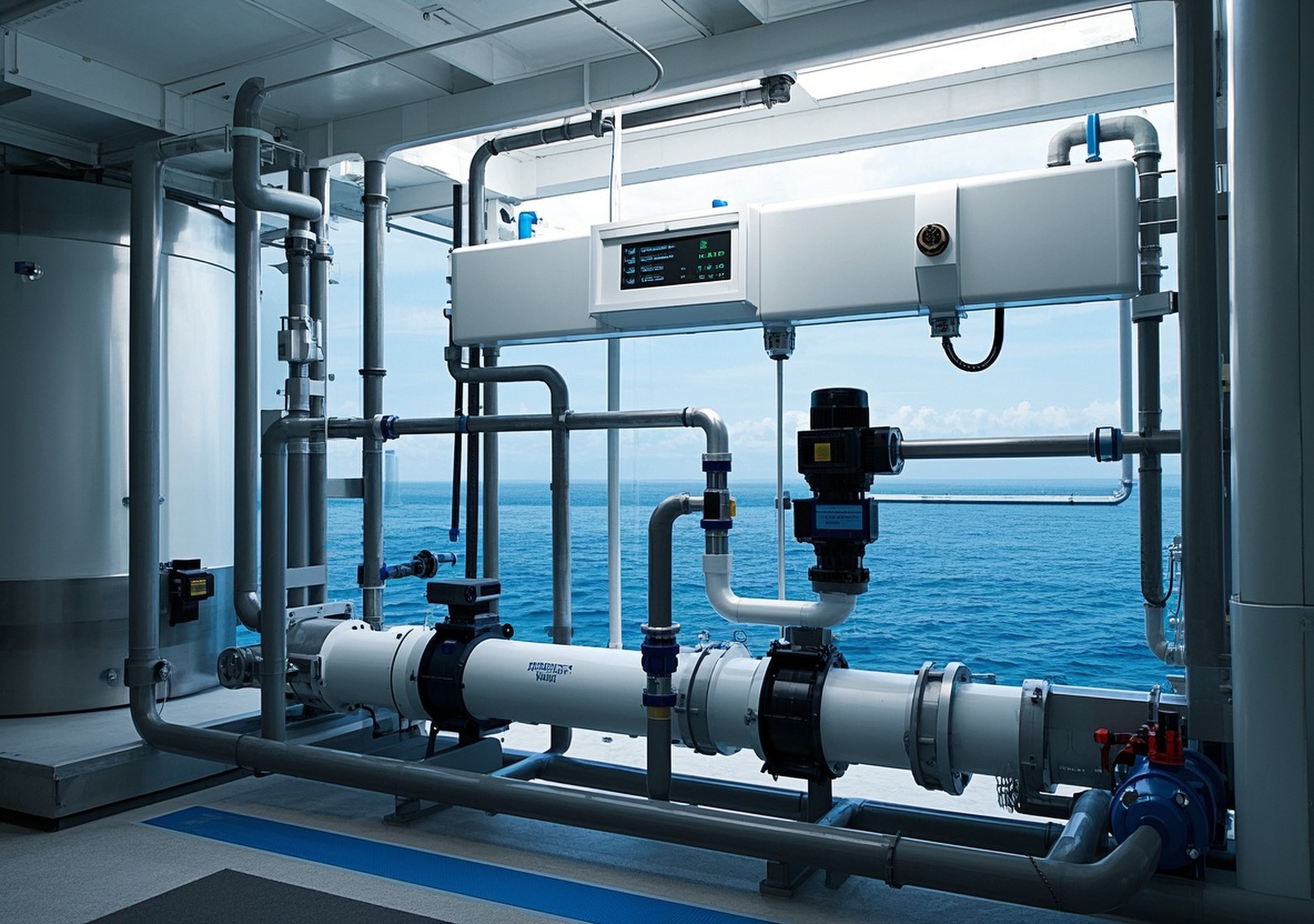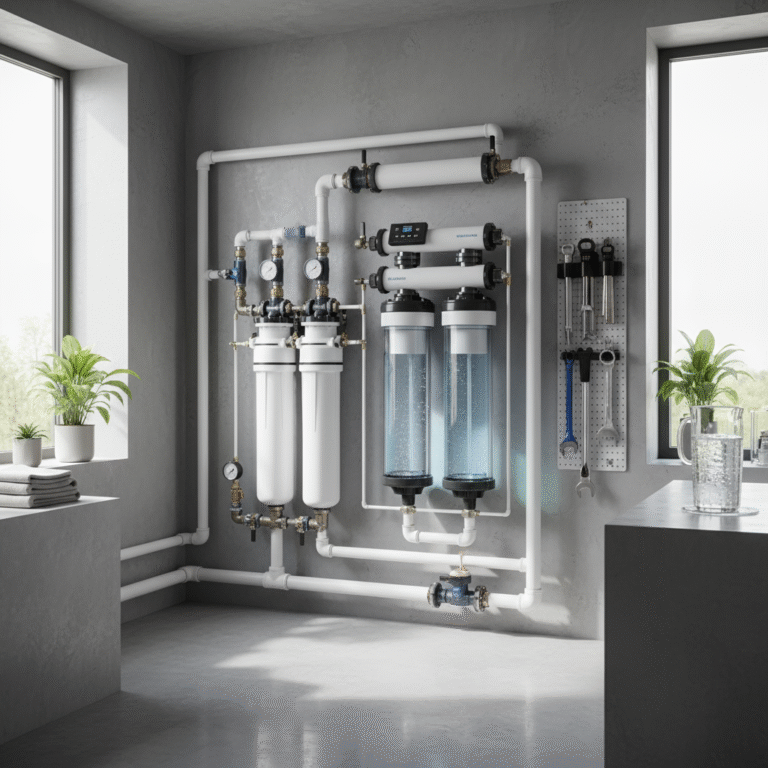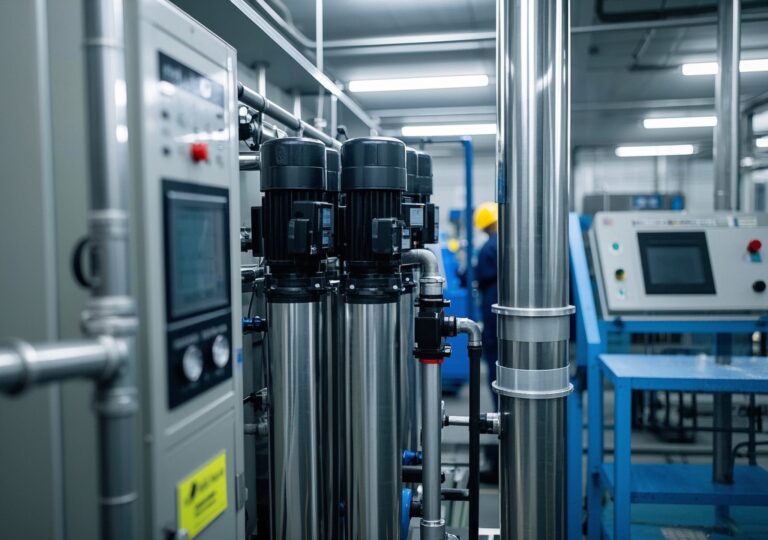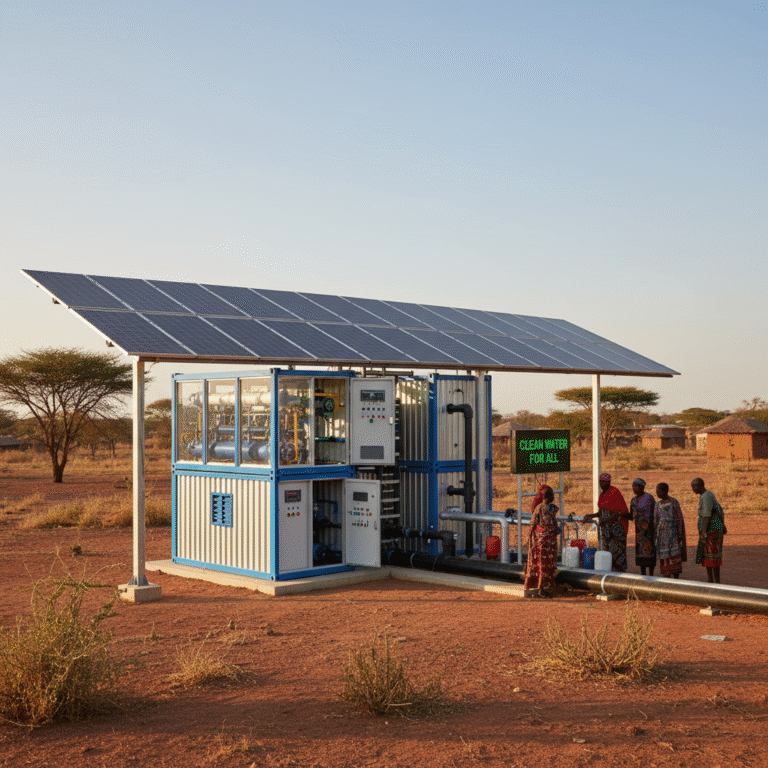Feature Review: physical properties of seawater in water plant innovation

Feature Review: Physical Properties of Seawater in Water Plant Innovation
The intricate nature of seawater’s physical properties serves as a cornerstone in the development and operational success of advanced water treatment plants, especially those tasked with managing marine and brackish water resources. Understanding parameters such as temperature, salinity, pressure, density, and related attributes enables engineers and environmental scientists to tailor innovative solutions that effectively address water purification challenges. This article delves into these fundamental properties, integrating authoritative scientific data and firsthand project insights to demonstrate how a nuanced grasp of seawater characteristics drives technological advancements in water plant innovation.
Understanding the Physical Properties of Seawater: A Scientific Overview
Temperature is arguably the most influential physical parameter of seawater, affecting everything from chemical reaction rates to biological activity and the ocean-atmosphere heat exchange vital for climate regulation. Seawater surface temperatures average around 17°C globally, while the bulk of oceanic water spans a cooler 0°C to 6°C range. Variation in temperature not only influences water density but directly impacts heat transfer processes essential for water treatment plant energy efficiency. According to Britannica’s marine ecosystem research, this atypical thermal behavior necessitates precise temperature monitoring in plant operational protocols.
Salinity refers to the total concentration of dissolved inorganic, non-volatile substances in seawater. Typical open ocean salinity is approximately 35 practical salinity units (psu), signifying 35 grams of dissolved solids per kilogram of water. Salinity measurement, often via electrical conductivity, is critical because it influences the freezing point, density, and buoyancy of seawater. Increased salt content lowers the freezing point to around -2.3°C and affects water’s maximum density temperature. This trait is crucial when designing membranes and filtration systems for desalination plants, as it directly impacts operational parameters and lifetime.
Pressure in the marine environment increases roughly linearly with depth, adding nearly 1 decibar per meter underwater, starting from an atmospheric baseline of about 10 decibars at sea level. This gradient affects the density and phase states of seawater and must be considered when designing deep-sea intake systems or subsea infrastructure. High pressure environments allow seawater to exhibit superheated conditions without boiling, which can influence thermodynamic cycles in water treatment processes.
Density is determined intricately by the combined effects of temperature, salinity, and pressure. Cool, salty, and high-pressure water masses are denser, generally falling within the range of 1034 to 1035 kg/m³ in oceanic contexts. This variability is pivotal in process engineering, influencing fluid dynamics, sediment transport in intake channels, and the separation efficiency of particulate matter during pretreatment phases.
Other notable physical aspects of seawater include its heat capacity—critical for buffering temperature fluctuations in water plants, its sound speed—used in sonar mapping for infrastructure positioning, freezing point, and optical properties like color, which can indicate biological activity or sediment load. Additionally, seawater contains dissolved gases and organic materials, all factors that subtly influence treatment reactions. These multifaceted properties are well-articulated in contemporary research from sources such as NASA Salinity studies and peer-reviewed documents from ResearchGate.
Practical Implications in Water Plant Innovation: Case-Driven Insights
From my extensive experience in designing coastal desalination facilities, acknowledging these physical properties is not just academic but instrumental. For instance, in a Mediterranean desalination project, we observed how seasonal temperature drops to near 14°C affected membrane permeate flux by reducing water viscosity and modifying saline rejection rates. By integrating real-time temperature sensors and adaptive process controls, we sustained consistent output quality despite fluctuating feedwater properties.
Another case involved a subtropical seawater reverse osmosis (SWRO) plant where variable salinity—ranging from 34 to 37 psu due to seasonal freshwater inflows—challenged conventional treatment settings. Through customized salinity profiling and dynamic pressure adjustment, the plant improved energy efficiency by 12%, confirming the criticality of precise salinity data in operational optimization.
In a third example, pressure considerations dominated the engineering design of a deep intake system off the southeastern coast of Asia. Recognizing that pressures exceeded 150 decibars at the intake depth, structural materials and pump systems were selected to withstand prolonged high-pressure environments, preventing early mechanical failures and maintaining system integrity over years of operation.
Innovation in Design: Leveraging Physical Properties for Enhanced Performance
In water plant engineering, these physical characteristics inform diverse innovation strategies:
- Temperature-responsive control systems: Automated adjustments in heating or cooling stages to maintain optimal membrane performance.
- Salinity-adaptive filtration: Multi-stage salt removal systems calibrated according to real-time salinity data for improved lifespan and output efficiency.
- Pressure-resilient infrastructure: Design of intake and pumping systems that accommodate extreme hydrostatic pressures without compromising reliability.
- Density-driven flow optimization: Computational fluid dynamics simulations based on precise density measurements to minimize sediment clogging and enhance pre-treatment throughput.
- Heat capacity utilization: Implementation of thermal energy recovery units that capitalize on seawater’s thermal buffering to reduce power consumption.
By fusing these insights with advanced sensors and IoT-enabled monitoring platforms, modern water plants are increasingly capable of self-optimizing their operations — a direct benefit from understanding the nuanced physical properties of their feedwater sources.
Conclusion: Physical Properties as the Pillars of Water Plant Innovation
The physical properties of seawater—temperature, salinity, pressure, density, and associated characteristics—are more than scientific metrics. They are guiding principles that empower water treatment innovators to build robust, energy-efficient, and adaptive plants suited for evolving environmental conditions. As illustrated above, leveraging these properties through precise measurement and responsive engineering directly correlates with improved operational outcomes, sustainability, and economic viability.
Water industry stakeholders seeking to integrate seawater systems into their portfolio should prioritize developing a detailed physical property profile of their feedwater. Coupling such data with innovative design will unlock significant advantages in performance and longevity.
References
- Britannica – Marine ecosystem – Salinity, Temperature, Oxygen
- ResearchGate – Physical Properties of Seawater Documentary (2016)
- ResearchGate – (PDF) Physical Properties of Seawater (2020)
- NASA Salinity – Properties of Fresh Water and Seawater
- Encyclopedia of Life Support Systems (EOLSS) – Physical Properties of Seawater
- Cambridge University Press – Characteristics of Seawater, The Urban Ocean (2018)
- IMD Pune – Physical Properties of Sea Water
- arXiv – “Analysis of Seawater Quality Parameters and Treatment with Hydrodynamic Cavitation Method” (2023)
- Slideshare – Properties of Sea Water | PPT, Prof. A. Balasubramanian’s work




